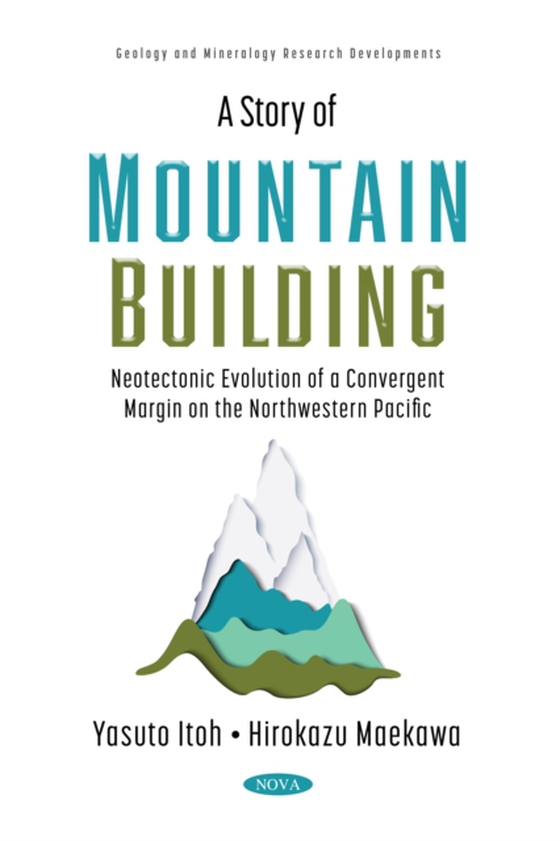
Story of Mountain Building: Neotectonic Evolution of a Convergent Margin on the Northwestern Pacific e-bog
1002,81 DKK
(ekskl. moms 802,25 DKK)
Convergent plate margins are sites of Earth's tectonism and material recycling, and have provided researchers with attractive study subjects. Intensive stress on the margins provokes activities of numerous faults and development of large topographic relief, which inevitably results in regional changes in paleoenvironments. This publication focuses on the east Eurasian margin where longstanding ...
E-bog
1002,81 DKK
Forlag
Nova
Udgivet
26 januar 2021
Længde
76 sider
Genrer
Geology, geomorphology and the lithosphere
Sprog
English
Format
pdf
Beskyttelse
LCP
ISBN
9781536191851
Convergent plate margins are sites of Earth's tectonism and material recycling, and have provided researchers with attractive study subjects. Intensive stress on the margins provokes activities of numerous faults and development of large topographic relief, which inevitably results in regional changes in paleoenvironments. This publication focuses on the east Eurasian margin where longstanding subduction of oceanic plates has enhanced buildup of complicated geologic structures. The authors present the late Cenozoic evolution of an arc-trench system along the northwestern Pacific based on an elaborate geological survey and the latest geophysical information. Detailed petrographic description has revealed episodic and considerable influx of high-P/T metamorphosed clasts from the voluminous forearc-side accretionary complexes to the intra-arc sedimentary basins of southwest Japan. This phenomenon is attributed to active exhumation of metamorphic rocks settled on the subducting slab before the massive uplift of watershed mountainous ranges along the islands. Provenance of the exotic clastic materials has been endorsed by sedimentological studies of the Pleistocene strata overlying the intermontane terranes of the pre-Cenozoic rocks. Three-dimensional architecture of neotectonic deformation was delineated utilizing geophysical measures such as gravity and geomagnetic anomalies and reflection seismic surveys. It has been indicated that the complex upper crustal structure of the arc is an expression of recurrent inversion episodes under strong compressive stress. Quantitative restoration of the deformation processes of the southwestern Japan arc gives us the insight that change in the modes of subduction of the Philippine Sea Plate, which had developed as a marginal sea plate in the western Pacific region through the Cenozoic, is probably responsible for the prevailing and time-progressive mountain-building events around the island arc. It is a well-organized study of mobile belts surrounding the globe, and stands as the highest level of integration of neotectonic models dealing with the evolution of convergent margins.
 Dansk
Dansk

